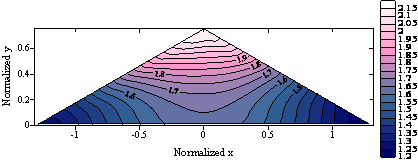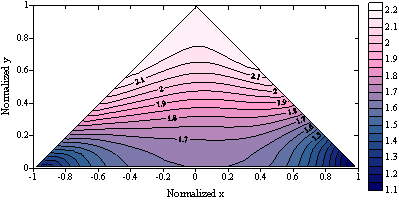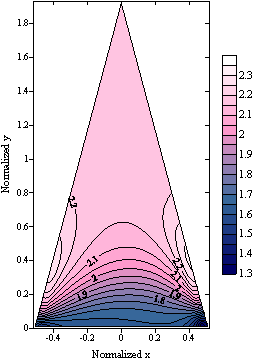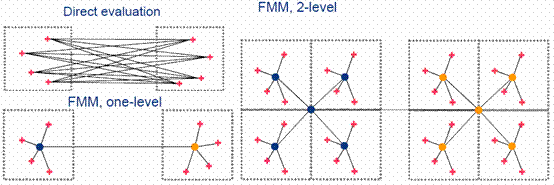
 | Computer Modeling and Simulation ASEC Room 535 Dept. of Civil Engineering The University of Akron Akron, OH 44325-3905, U.S.A. Tel: 1-330-972-2683 Email: yz28@zip.uakron.edu |
EDUCATION
Ph.D Civil Engineering, University of Akron, OH, 2006 spring – present
M.S. Civil Engineering and Mechanics, Huazhong University of Science & Technology, Hubei, China, 2006
B.S. Civil Engineering and Mechanics, Huazhong University of Science & Technology, Hubei, China, 2003
RESEARCH
Topic1: Semiconductor Quantum Nanostructures
Semiconductor quantum structures made of components with at least one dimension being at nanoscale, such as quantum well (QW), quantum wire (QWR), and quantum dot (QD), show great potential for future optoelectronic device applications. In the strained nanostructures, the lattice misfit induced strain fields are directly utilized to control and modulate thebandgap energy. Therefore, it is crucial that the induced strain and electric fields in the QWR structure be modeled accurately and efficiently.
The relative strain energy for the triangular QWR with different base angles:




Topic2. Fast Multipole Method
FMM is a numerical algorithm that is extremely promising for achieving fast solutions of many applied problems in computational physics (e.g., vortex methods, molecular dynamics), and has been called one of the ten most significant numerical algorithms discovered in the 20th century. It can be used to accelerate the solutions of BEM, promising to reduce the CPU time and memory requirements of FMM/BEM to O(N). The introduction of FMM in BEM has generated enormous interest in BEM, so that its advantages now include not only increased ease in meshing of complicated geometries and accuracy in solving singular fields, but also practicality and often superiority in solving large-scale problems.
Idea of FMM:

PUBLICATIONS
Calculation of strain energy density and relative strain energy in QWR nanaostructures using a bimaterial BEM formulation (In proceeding).
Elastic and piezoelectric fields in quantum wire semiconductor structures – A boundary integral equation analysis, phys. Stat. sol. Vol. 244, No. 6, 1925-1939, 2007
Continuum damage mechanics for thermo-piezoelectric materials, Journal of Mechanics, vol. 22, No. 2, 93-98, 2006
Effects of termperature change on damage fields of thermopiezoelectric materials, Acta Mechanica Solida Sinica, vol.2, 2005